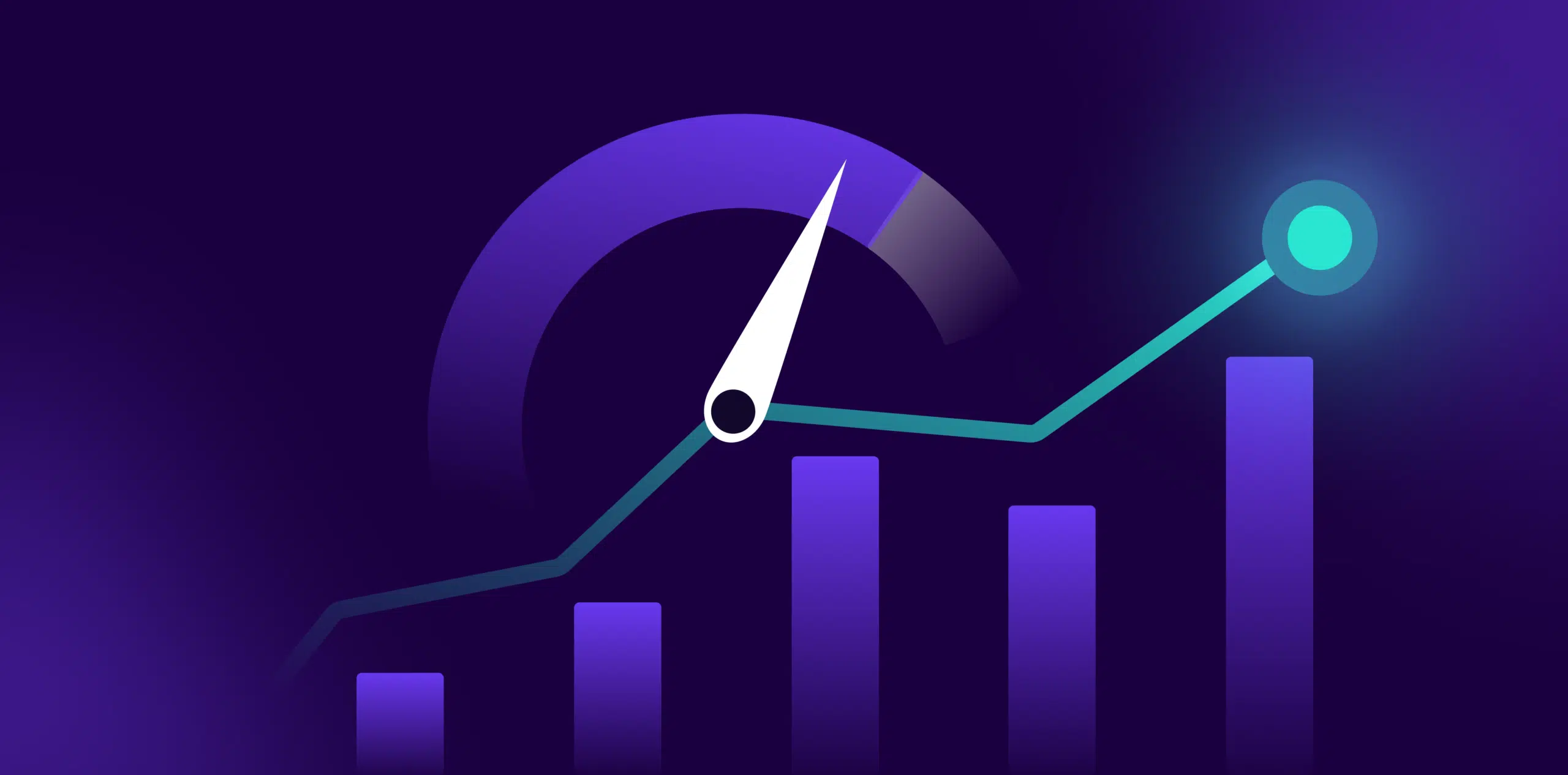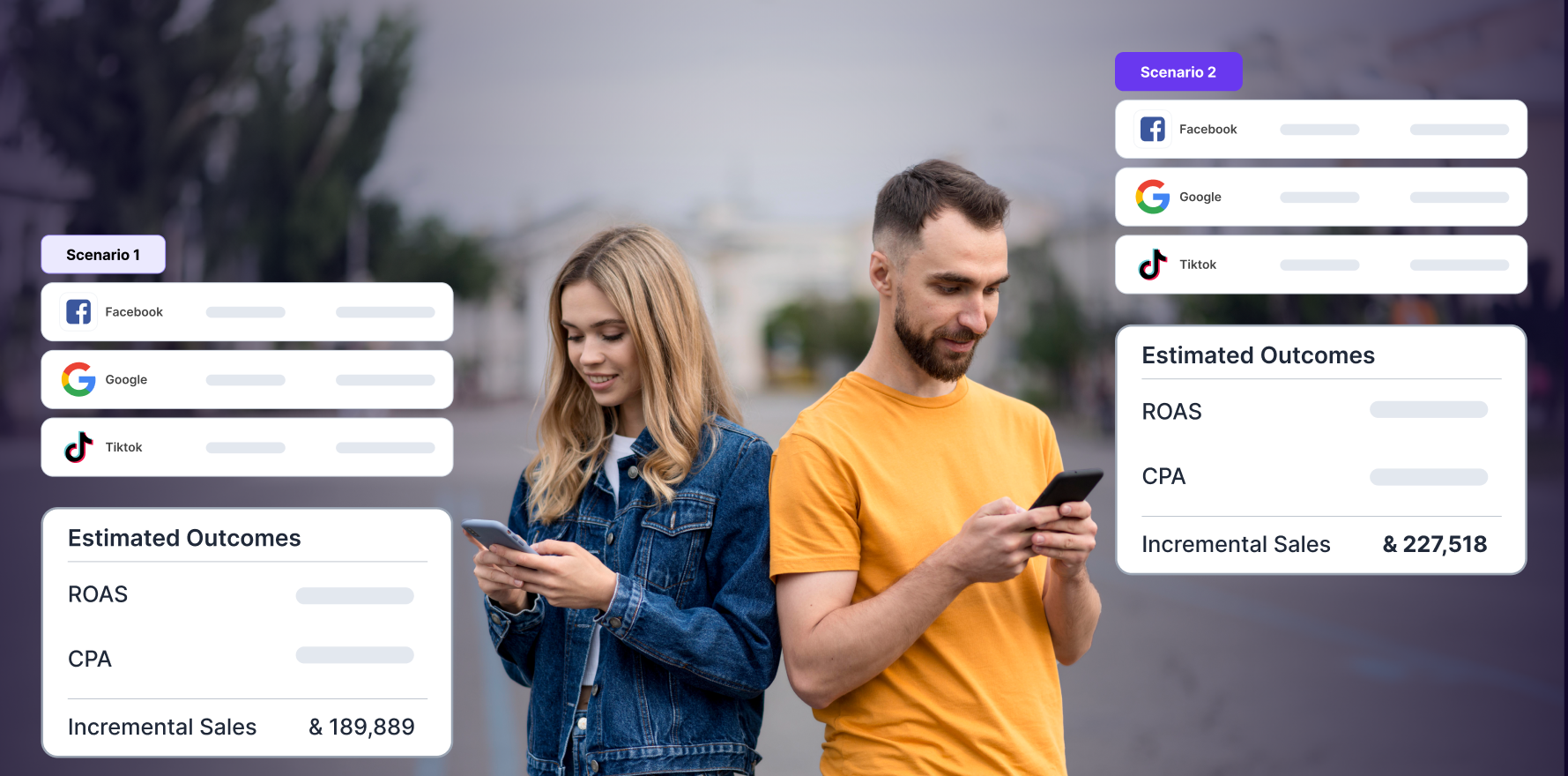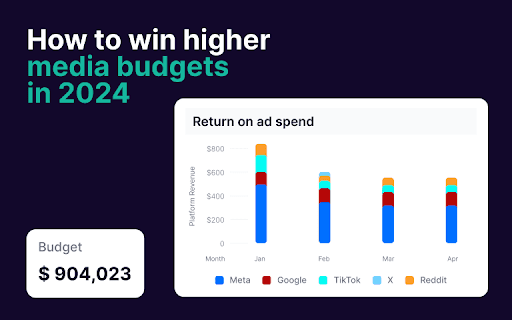Running an online store and not paying enough attention to product images can significantly impact your sales. As an ecommerce business owner, image optimization on your website is one thing you must master. Wondering why? Well, website image optimization has more benefits than you had imagined.
- Optimizing the images on your online store can help improve the user experience, increase search engine visibility, and drive sales.
- Your prospective buyers will only buy your product if they find the images visually appealing as there is no way for them to feel it physically.
- Google image search is way more important than you think. A whopping 1 million people use Google images on a daily basis and they make up 10.1% of the total Google search traffic. This means a well-optimized image in an image search puts your products right in front of these users.
- Image optimization reduces site load time and enhances the overall performance of your website.
But how do you optimize images? We have put together a few tips and tricks that can help optimize the images for your ecommerce store. But first things first, let’s start with understanding image optimization.
What is Image Optimization?
Striking a balance between the lowest file size (so that the image file becomes light) without compromising on the image quality is image optimization. Your images also need to be optimized from an SEO standpoint so that your product and any promotional images rank in Google searches.
So, what is it that you must do to optimize images such that they rank in Google searches? What format (JPG, GIF, or PNG) should you upload your images in? What other attributes should you focus on? In today’s blog, we’ll be sharing some amazing tips with regard to image optimization and answering all these questions.
1) Use high-quality images
Now this one is a no-brainer! The only way an online shopper gets to experience a product is through the images posted on the website or app. Posting high-quality images not only helps build trust and credibility with potential customers, but good-quality images also tend to perform better in search results.
Also, when choosing images to upload on your website, pay special attention to image direction and product angles. To sell a dress online, you probably need to show the front, back, and side profiles. Make sure the images are optimized for different devices such as mobile, laptop, and iPad for a great user experience and engagement.
Here, you may get tempted to post larger images for better user understanding. But think again! By doing so you might end up compromising the user experience. The larger the size of the images on your website, the longer it will take to load.
Lifesight Tip: Upload a small image on the landing page with an option to view the large image in a pop-up window or a separate tab. Another option is to make images zoomable using jQuery image zoom.
2) Compress the images to correct size
Like we said, a large image slows down your website which means a long site loading time. This correlates with a high bounce rate. Research suggests that a whopping 50% of customers will leave if an ecommerce website takes more than 3 seconds to load. Besides, Google’s ranking algorithm takes your web page time loading into account as well. So what do you do? The trick here is to compress the images to make them light such that the quality is not compromised. For an ecommerce website, keeping the image size below 70 kb to 100 Kb is preferable. However, doing this with large images can be a challenge.
Lifesight Tip: Edit your images using tools like Canva, PIXLR, PicMonkey, GIMP, and of course our good old friend Adobe Photoshop and Photoshop Express for tablets and mobiles.
3) Choose the right image type
Similarly important is using an appropriate image format. There are mainly three formats that are commonly used.
1. JPEG: These are one of the most popular image formats used across the internet as they can be easily compressed without compromising on quality. The end result is a small image file with a fairly decent-quality image. However, the quality diminishes with subsequent downloads and saves.
2. GIF: Mostly used as icons and decorative images, these can be animated as well. However, the quality is lower than that of a JPEG, and it does not support as many colors in a picture as a PNG or JPEG would.
3. PNG: PNG images are becoming a popular choice however one needs to be careful as the file size of a PNG is larger than a .JPG image.
Lifesight Tip: A JPEG image is an ideal choice for ecommerce websites as they provide the best quality despite a small file size. Use GIFs as thumbnails or decorative images only. PNG is a great alternative to both however a PNG-8 is highly recommended over a PNG-24 image.
4) Use descriptive, keyword-rich file names
It is more than convenient to simply upload images on websites with random names the camera assigned to them randomly like DSC001 or Image_Web_01. However, from an image SEO standpoint, it does more damage to your website than you had imagined. As per the SEO thumb rule, use relevant and popular keywords to rank in search and the same applies to images as well.
Also, use simple and easy-to-understand words when naming images on your website and use plain text. Search engines don’t just browse the text on your website for keywords, they also browse through image file names on your web page. It is therefore crucial that image file names accurately describe the content of the image and include relevant keywords.
Lifesight Tip: Examine the data in your website’s analytics dashboard to find the keywords used by your audience. Identify the most common and popular keyword naming pattern and use a similar format to name images with the relevant keywords.
5) Optimize alt text
There are instances where at times an image is not rendered properly on a web page. Now, there could be many reasons like unsupported image type or browser, poor bandwidth, or the image is no longer available. However, in such instances, a description of the image that can’t be loaded is displayed. This text is known as alt text or alt attribute. Even if the image is uploaded you can see the alt text when you hover over the image.
Adding alt text to your images helps improve search engine visibility and provides a better experience for users with visual impairments. It also adds to the SEO optimization of your website. Using image alt attributes is one of the best strategies to make sure your ecommerce products show up in Google images and web searches.
Lifesight Tip: Use a product’s serial or model number in alt attributes, do not do keyword stuffing, use simple easy to understand language, and lastly never use alt attributes for decorative images. Check webpage source from time to time to make sure all alt attributes fields are duly filled.
6) Use a CDN
CDN ((Content Delivery Network/Content Distribution Network) refers to a group of servers spread out all over the world that make it easy to send and receive information and web content quickly. When a user visits a website, how long it takes for the content, including your images, to show up on the screen depends on how far away they are from the web hosting server. In short, the longer it may take for your page to load on a user’s screen depends on how far away they are from the web hosting server. CDNs help increase your page load speed and resolve internet bandwidth issues making them an ideal choice to host your web images and other media files.
Lifesight Tip: If your website has heavy traffic and transactions running into thousands of dollars on a daily basis, hosting images on a CDN can help solve your bandwidth issues and significantly reduce your website loading time.
7) Add schema markup
Think of schema markup as a type of microdata. When you add it to pictures, you provide Google with more information about the image. Schema markup is also useful for getting search engines to display your image as a rich snippet in search results.
Lifesight Tip: If you have a product that you sell, you have the option of including a star rating on the listing for that product.
8) Optimize thumbnails
Thumbnails are a smart way to showcase your products on product category pages without eating up too much real estate on your website. Though small in size, the sheer quantity of thumbnail images can have a seemingly negative impact on your website’s loading time. Many businesses often overlook this and end up losing potential customers.
Lifesight Tip: Optimize thumbnail images like other larger images on the website and keep the size as small as possible even if it means compromising the quality. Keep alt attributes of thumbnails different from the main product image alt attribute.
9) Optimize for multiple devices
Today people shop online not just through websites but also through mobile shopping apps, WhatsApp group shopping links, Insta ad suggestions, and many more such sources. Reports suggest there will be a whopping 187 million mobile shoppers by 2024 in the US alone. To tap this huge customer base it is important to optimize your image not just for a desktop website but mobile websites too.
Lifesight Tip: Make use of a WordPress page builder that lets you make different designs for desktop and mobile.
10) Test-test and repeat
The main motive of optimizing images, indexing them to appear in search results, and getting the file size right is to make sure that you see more sales, higher revenue, and growth. So just like we test promotional campaigns/emails and other assets, testing from time to time how images are performing and what customers like is extremely important. So what do you test in an image?
- Number of images per page/product a customer prefers
- Which image angles get more views and clicks?
- Is product video preferred over image for certain products?
- How many product listings per page is preferred
Lifesight Tip: Design a data-driven strategy for image optimization by taking into account all the attributes mentioned here.
Leveraging images for business growth
We hope that by now you are fully aware of SEO image optimization strategies to rank in Google searches and the basics of image optimization like choosing the right style, size, and type of image. Image optimization is a vast and complex job. However, these tips and tricks can help you optimize images and leverage them in a way such that you are able to drive more sales.
By optimizing images on your website and mobile app store you can rank higher in search results, significantly improve your customer experience, and drive more website traffic and sales.
You may also like
Essential resources for your success
























































